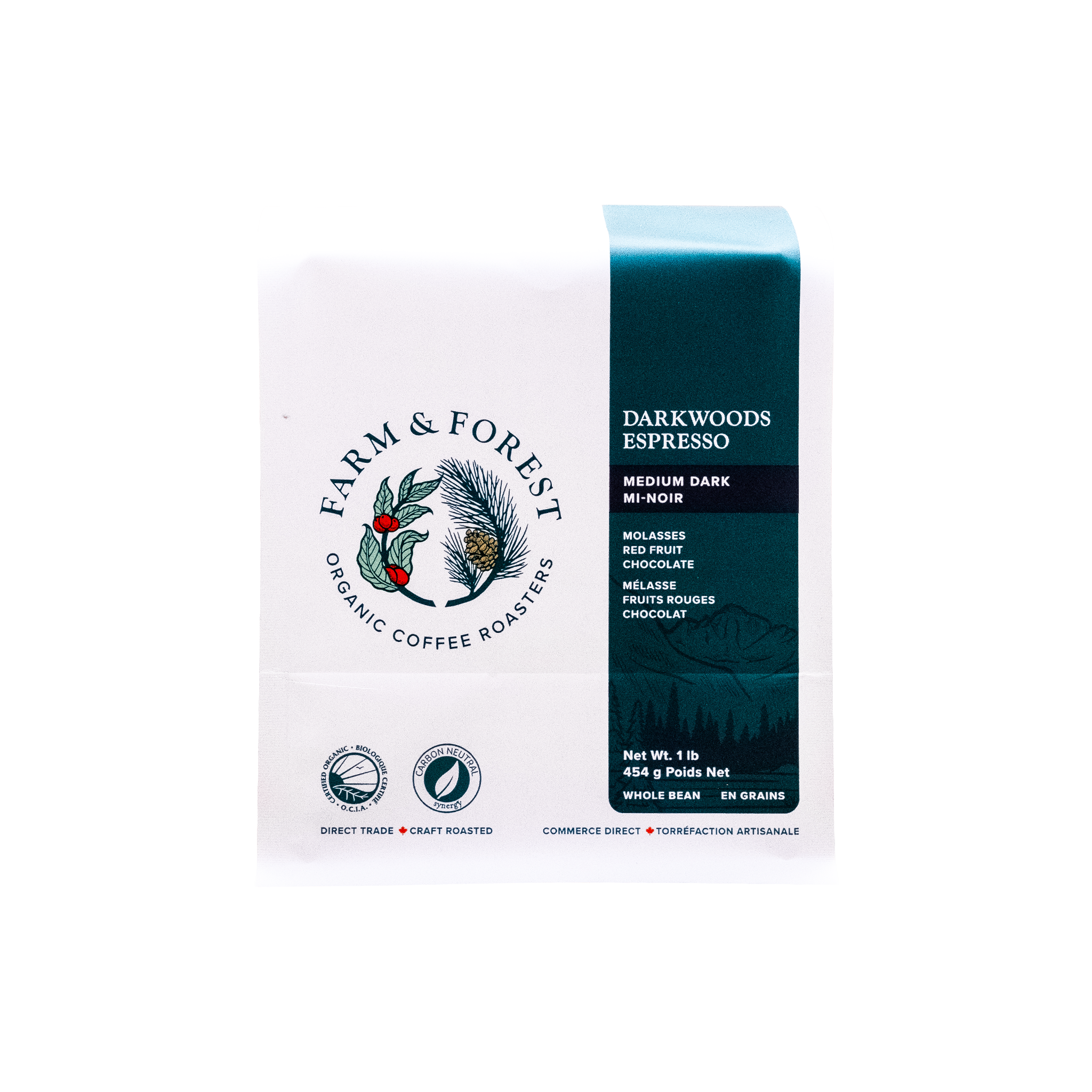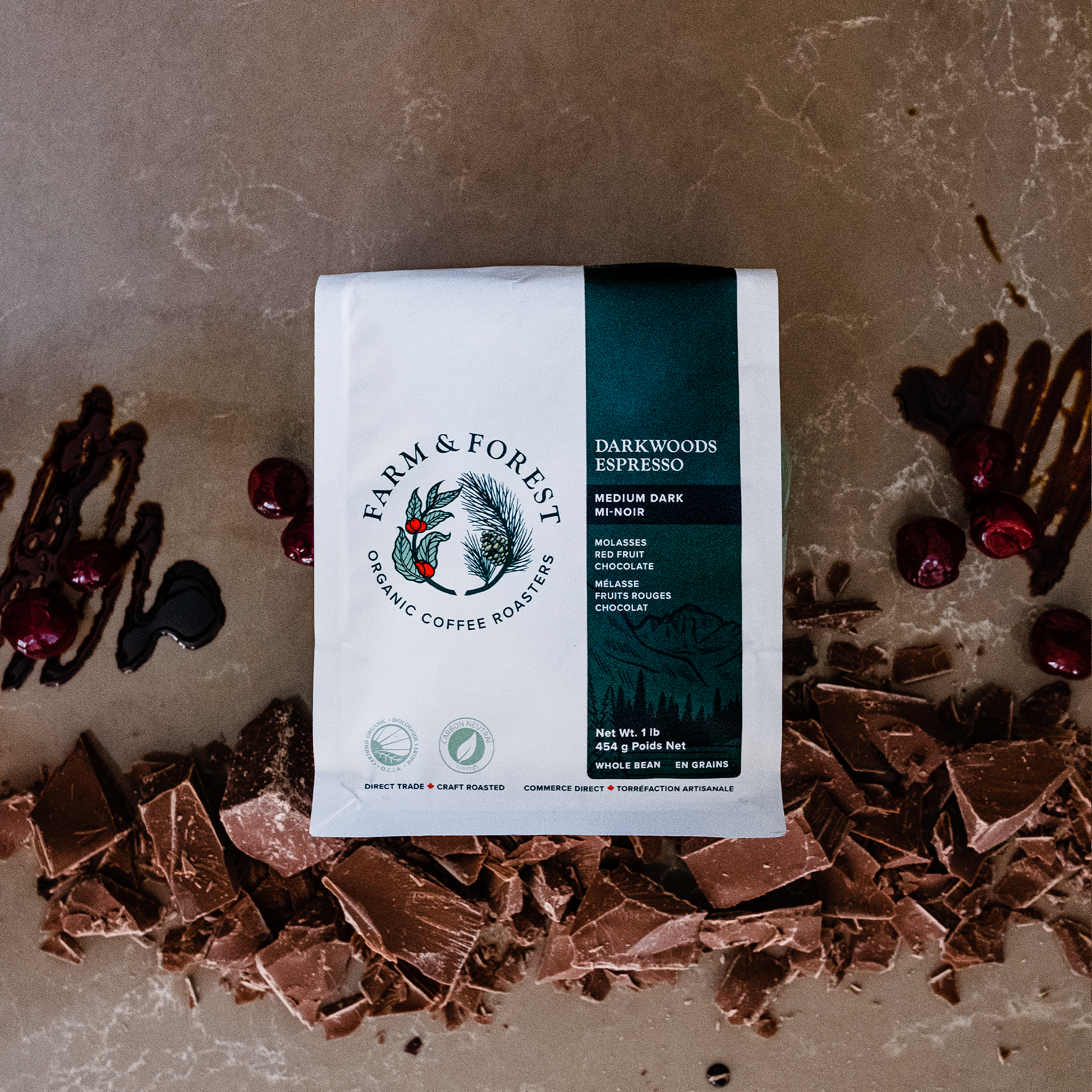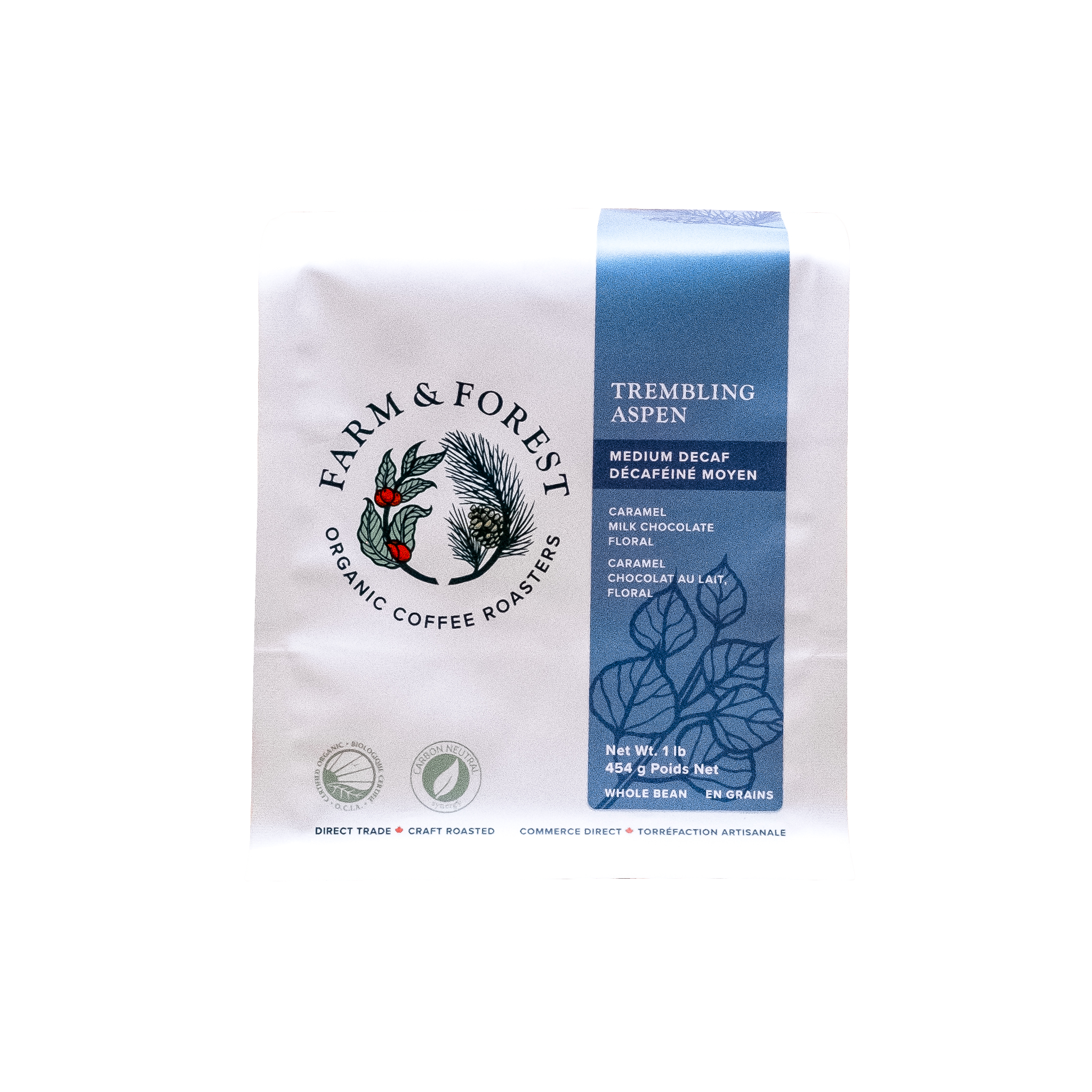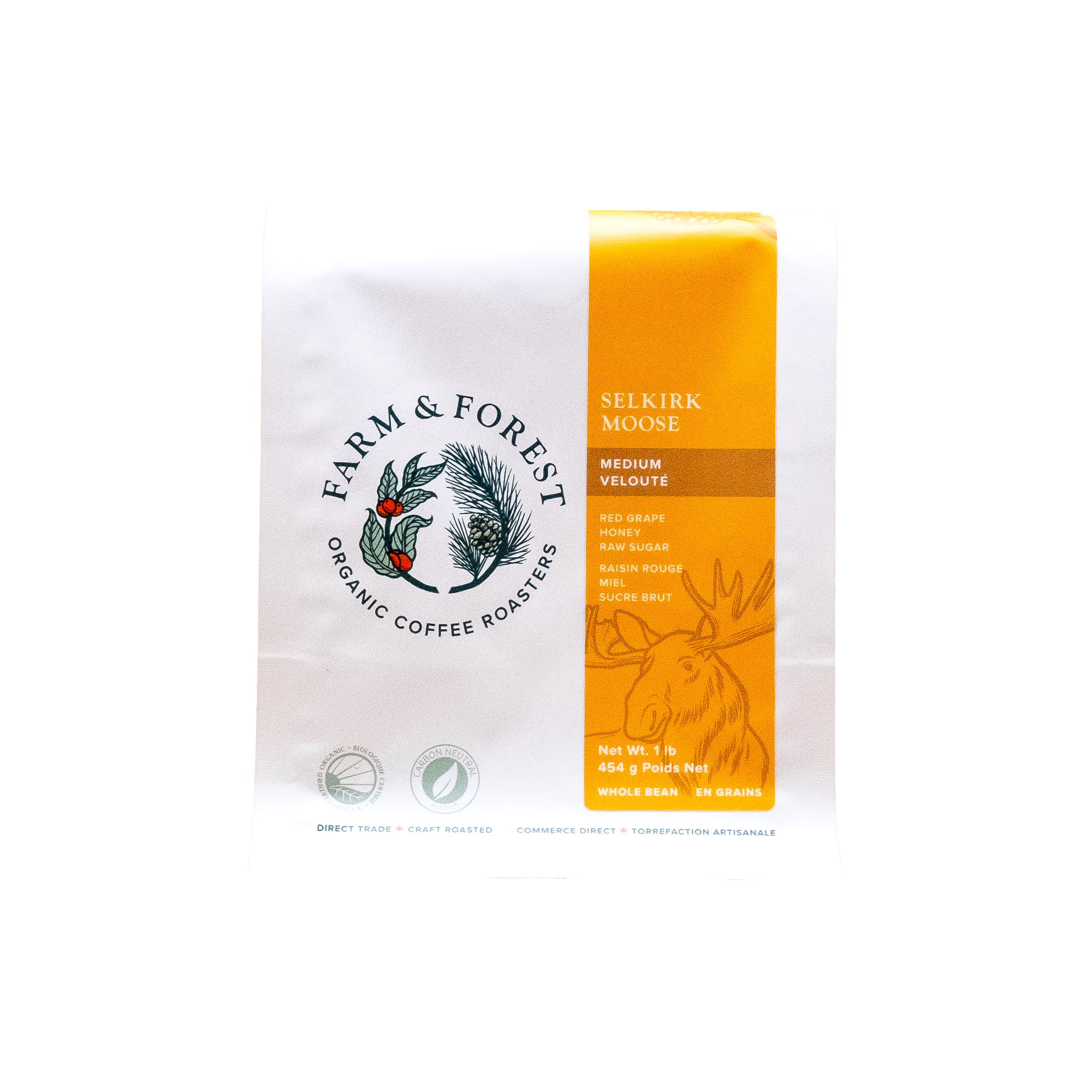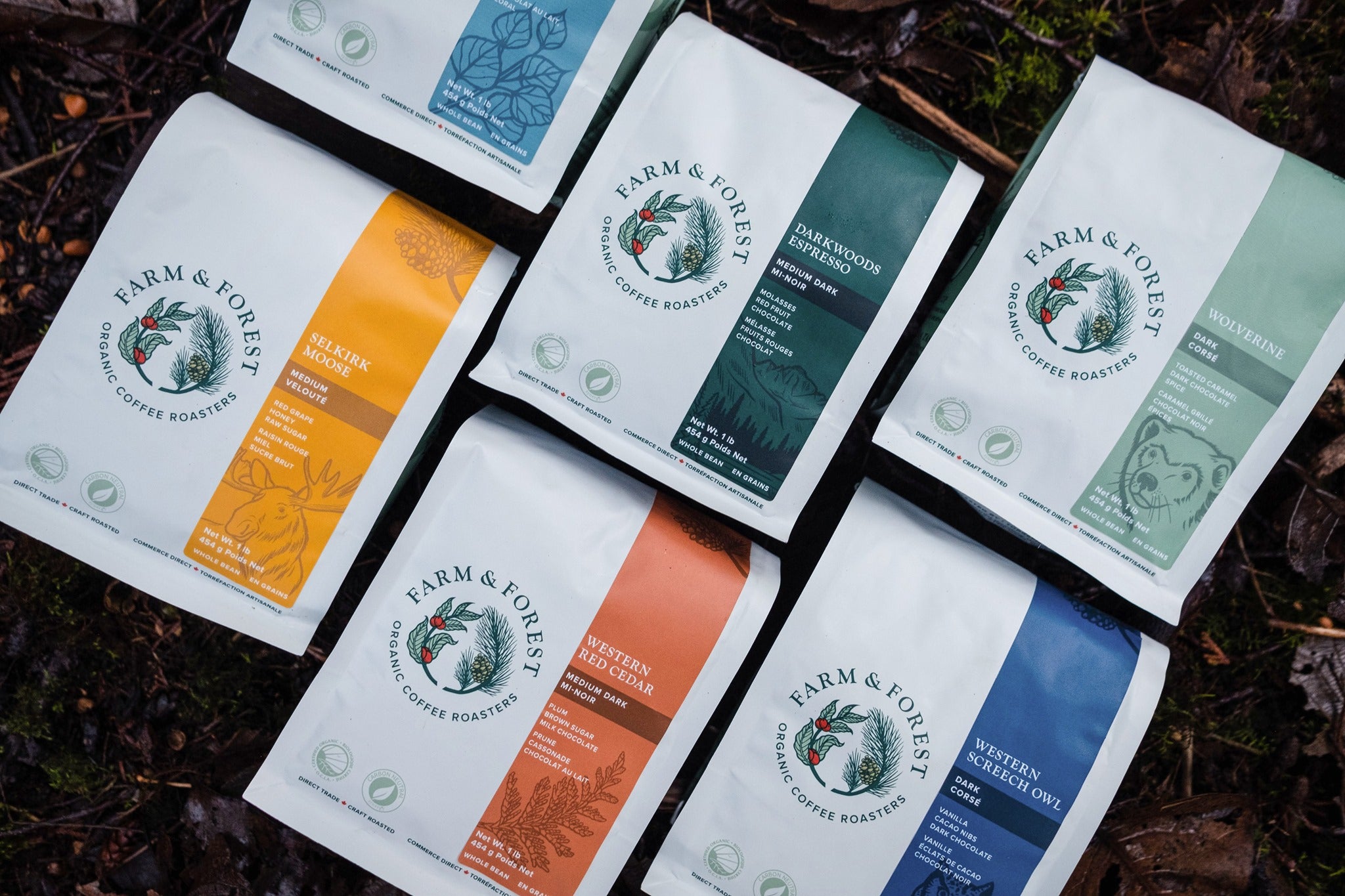Coffee to water ratio for espresso. Learn the amount of coffee to water in espresso
When it comes to crafting the perfect espresso, the coffee-to-water ratio is a critical element that can make or break your shot. Whether you're a seasoned barista or a home coffee enthusiast, understanding this ratio is essential to achieving the rich, robust flavour that defines a great espresso. In this article, we'll delve into the most searched terms and questions about the coffee-to-water ratio for espresso, helping you master the art of this beloved coffee beverage.
In this article we'll cover:
-
What is Espresso?
-
Understanding the coffee-to-water ratio
-
Factors Influencing the coffee-to-water ratio
-
How to measure the coffee-to-water ratio
-
Common questions about the coffee-to-water ratio for espresso
-
Conclusion
What is Espresso?
Espresso is a concentrated form of coffee that is brewed by forcing hot water through finely ground coffee beans. It is characterized by its strong flavour, thick consistency, and a layer of crema on top. Unlike drip coffee, which takes several minutes to brew, a shot of espresso is typically pulled in about 25-30 seconds.
Espresso originated in Italy in the early 20th century as a response to the need for a faster brewing method to serve the increasing demand for coffee. The term "espresso" itself means "pressed out" in Italian, reflecting the process of forcing hot water through finely ground coffee under high pressure.
This innovative brewing technique was pioneered by Luigi Bezzera, who patented the first espresso machine in 1901. His invention revolutionized coffee culture by enabling the production of a concentrated, aromatic coffee shot in a fraction of the time required by traditional brewing methods, laying the foundation for modern espresso-making practices.
Understanding the coffee-to-water ratio
The coffee-to-water ratio refers to the amount of ground coffee used in relation to the amount of water. For espresso, this ratio is crucial as it affects the strength, flavour, and overall quality of the shot. The standard ratio for a traditional espresso is 1:2, meaning one part coffee to two parts water. However, this can vary based on personal preference, the type of beans, and the desired flavour profile.
Common coffee-to-water ratios explained
1. 1:1 Ratio | Ristretto
A ristretto shot uses the same amount of coffee as a standard espresso but with half the water. This results in a very concentrated, strong flavour.
Ideal For: Those who enjoy a bold, intense coffee experience.
2. 1:2 Ratio | Normale
The traditional espresso shot, balances strength and flavour. This ratio is widely accepted as the standard.
Ideal For: Classic espresso lovers who appreciate a well-rounded taste.
3. 1:3 Ratio | Lungo
A lungo shot uses the same amount of coffee but with more water, resulting in a milder, less intense flavour.
Ideal For: Those who prefer a lighter, more diluted espresso.
Factors Influencing the coffee-to-water ratio
The coffee-to-water ratio refers to the amount of ground coffee used in relation to the amount of water. For espresso, this ratio is crucial as it affects the strength, flavour, and overall quality of the shot. The standard ratio for a traditional espresso is 1:2, meaning one part coffee to two parts water. However, this can vary based on personal preference, the type of beans, and the desired flavour profile.
Coffee Beans
The type of coffee beans you choose plays a crucial role in determining the optimal coffee-to-water ratio for your espresso. Darker roasts, such as French or Italian roasts, tend to have a more robust and intense flavour, which can sometimes lead to a slightly bitter taste if brewed with too much coffee relative to water. Therefore, a ratio closer to 1:2.5 might be preferable to balance the boldness. In contrast, lighter roasts, like those from Ethiopia or Colombia, often have more nuanced, fruity, or floral notes that can be overshadowed using too much water. A ratio, like 1:1.5, can help the delicate flavours.
Additionally, different beans have varying oil content and solubility, affecting how they extract during brewing. Experimenting with different types of beans and adjusting your coffee-to-water ratio accordingly allows you to tailor each shot of espresso to bring out the unique characteristics of the beans, ensuring a perfect balance for your palate.
Grind Size
The grind size of your coffee beans is a critical factor in determining the quality and flavour of your espresso. Espresso requires a fine grind, which provides a larger surface area for the water to extract the coffee's soluble compounds quickly within the short brewing time of about 25-30 seconds.
-
If the grind is too coarse, the water will flow through the grounds too rapidly, leading to under-extraction. This results in a weak, watery shot lacking complexity.
-
If the grind is too fine, the water will struggle to pass through, causing over-extraction. This can make the espresso taste overly bitter and harsh, as more bitter compounds are extracted from the coffee.
Achieving the perfect grind size ensures that the espresso is well-balanced, highlighting the desired flavours while maintaining a pleasant mouthfeel. Consistently grinding your beans to the correct fineness is essential for producing high-quality espresso shots that are rich, smooth, and satisfying.
Brewing Time and Pressure
The ideal brewing time of 25-30 seconds for a shot of espresso is designed to extract the optimal amount of flavour from the coffee grounds.
-
If the brewing time is too short, under-extraction occurs, leading to a shot that lacks the full spectrum of flavours and often tastes sour or acidic. This happens because the water hasn't had enough time to dissolve the desirable compounds, such as sugars and aromatic oils, from the coffee.
-
Brewing for too long can result in over-extraction, where the water extracts too many bitter compounds, making the espresso taste harsh and unbalanced.
Adjusting the brewing time allows you to find the sweet spot where the coffee's flavours are fully developed without being overwhelmed by bitterness. Additionally, the pressure applied during brewing, typically around 9 bars, plays a vital role in this process. Proper pressure ensures that the water evenly permeates the coffee grounds, extracting a harmonious balance of flavours. By fine-tuning both the brewing time and pressure, you can perfect the coffee-to-water ratio, resulting in a consistently excellent espresso shot that showcases the rich, complex flavours of the coffee.
How to measure the coffee-to-water ratio
Using a Scale
For precision, using a scale to measure your coffee and water is highly recommended. Start with the standard 1:2 ratio by weighing out your coffee grounds and water.
For example, if you use 18 grams of coffee, you should aim for 36 grams of water for a balanced shot.
Adjusting Based on Taste
Personal preference plays a significant role in determining the perfect ratio. Start with the standard and make small adjustments based on your taste. If you find your espresso too strong, try a 1:2.5 ratio. If it’s too weak, experiment with a 1:1.5 ratio.
Creating a log of coffee tests to write down the parameters and your overall experience from the brewed shot can be effective. This way you know exactly the steps followed before, and have a clearer view of the nuances and real impacts of each factor.
Also remember to test one thing at a time, if you change the pressure and ratio at the same time you might not know the ones that brought the new result, keep that in mind for consistency.
Common questions about the coffee-to-water ratio for espresso
What is the best coffee-to-water ratio for espresso?
The best ratio is subjective and depends on personal taste. However, the standard 1:2 ratio is a great starting point for most people.
How do I know if my coffee-to-water ratio is correct?
Taste is the best indicator. A balanced shot of espresso should be rich, with a slight sweetness and a pleasant, lingering aftertaste. If it’s too bitter or too weak, adjust your ratio accordingly.
Can I use a different ratio for different types of coffee drinks?
Yes, different ratios can be used to create various coffee drinks. For instance, a lungo uses a 1:3 ratio, while a ristretto uses a 1:1 ratio. These variations can cater to different flavour preferences and drink styles.
How does the coffee-to-water ratio affect caffeine content?
A higher coffee-to-water ratio generally results in a higher caffeine concentration. Therefore, a ristretto will have more caffeine per ounce compared to a lungo, even though the overall caffeine content in a longer shot might be more due to the increased volume.
Conclusion
Mastering the coffee-to-water ratio for espresso is a journey of experimentation and personal preference. Starting with the standard 1:2 ratio and making small adjustments based on your taste will help you achieve the perfect shot. Remember, the key factors to consider are the type of coffee beans, grind size, brewing time, and pressure. By paying attention to these details, you'll be able to enjoy a consistently delicious espresso every time. Happy brewing!







